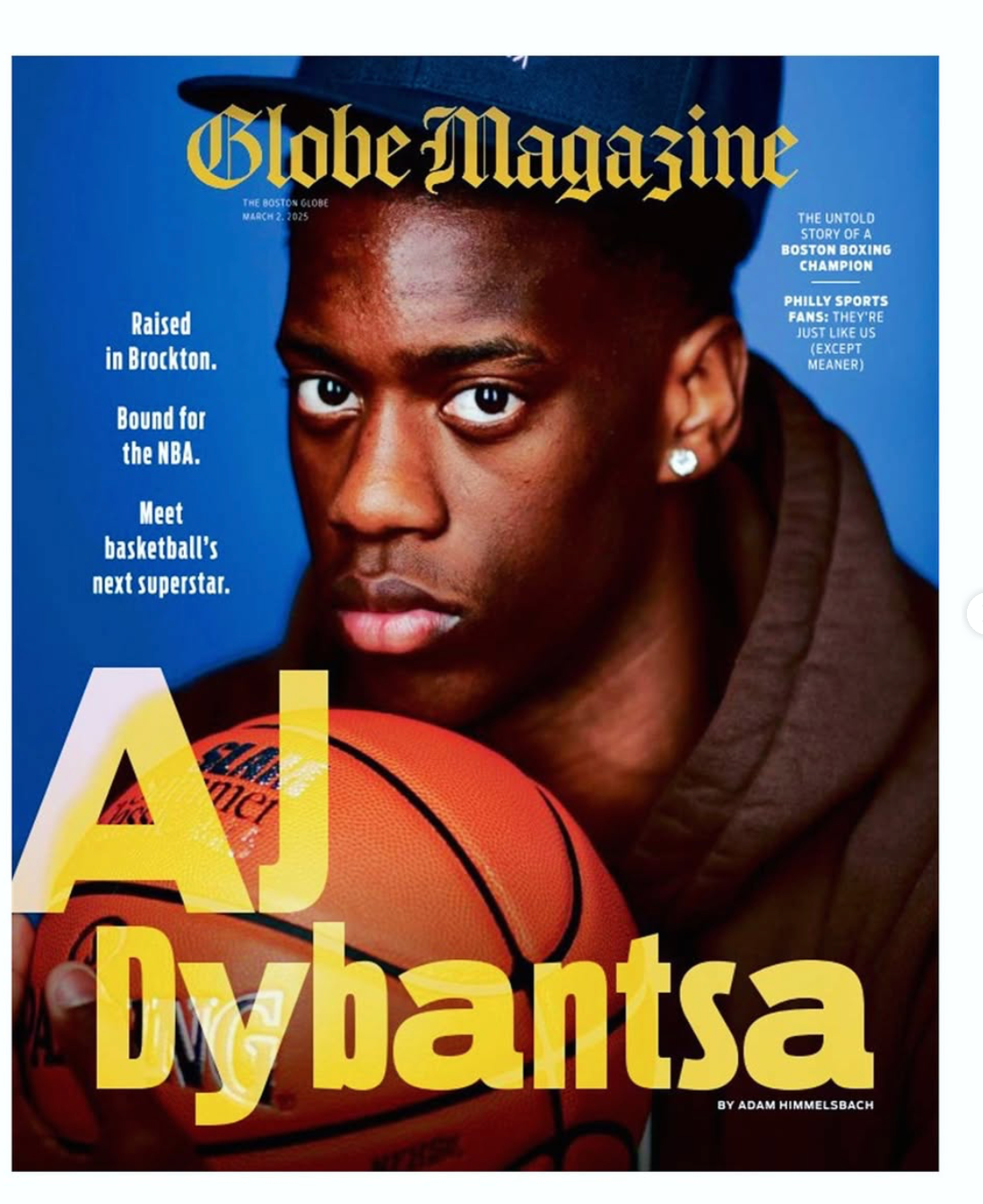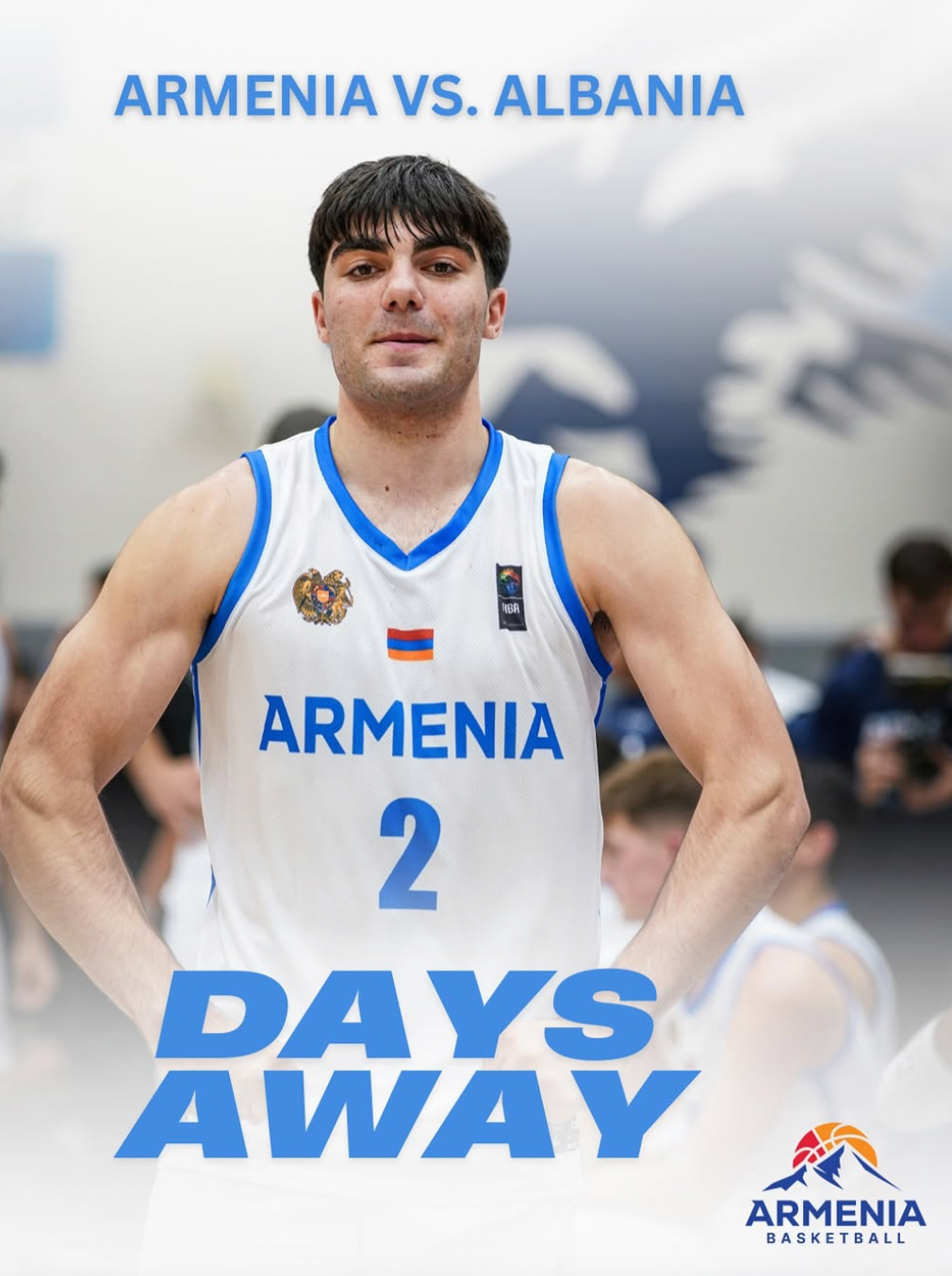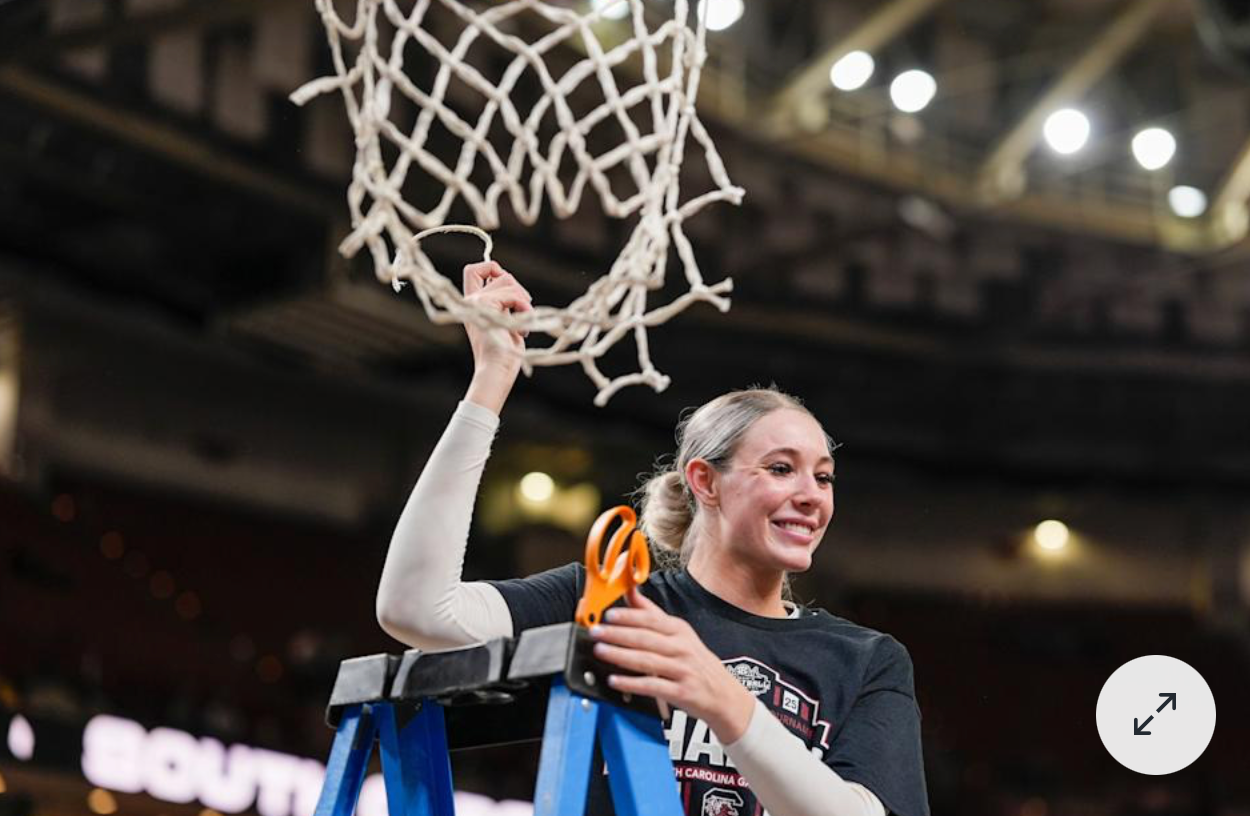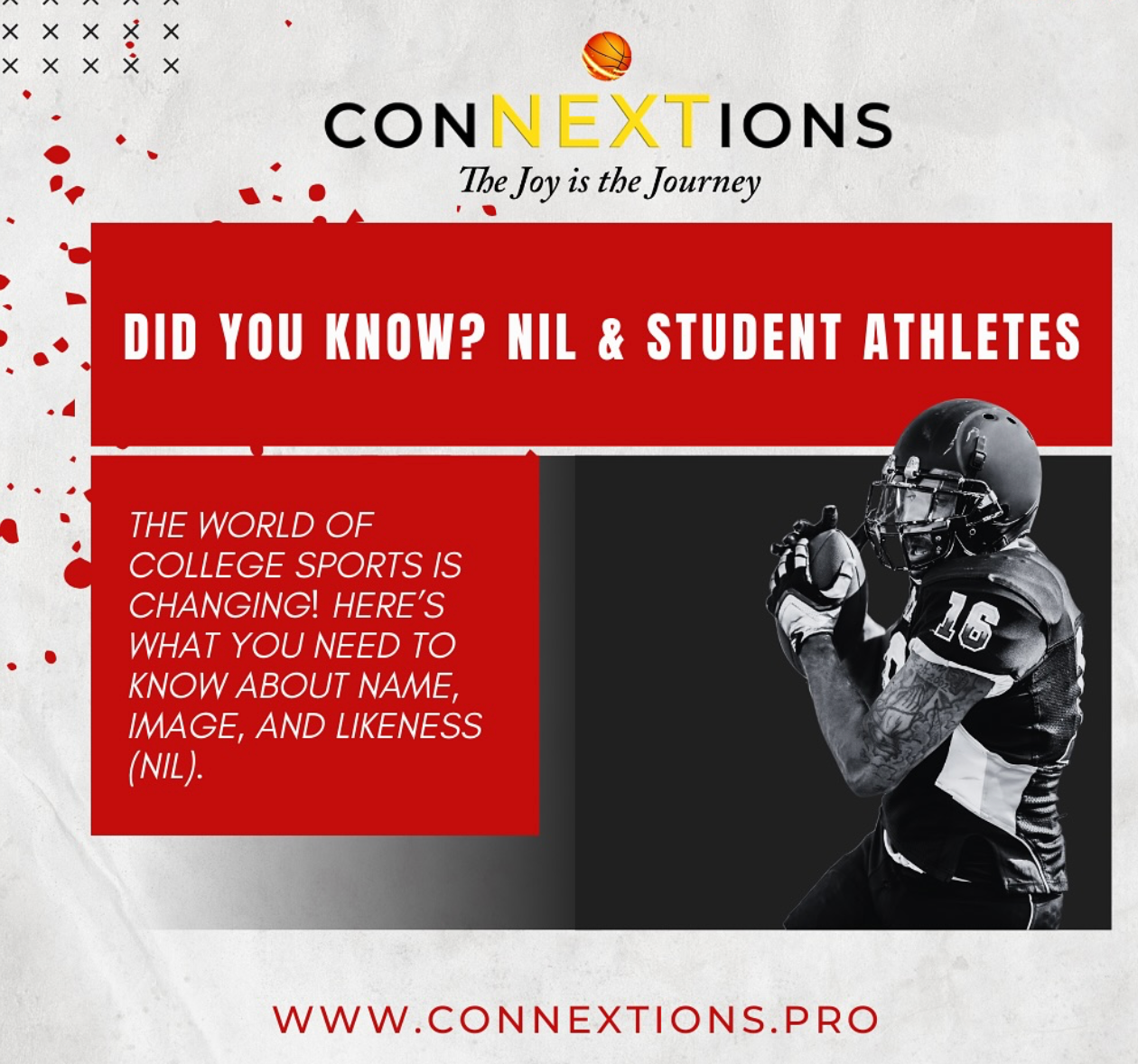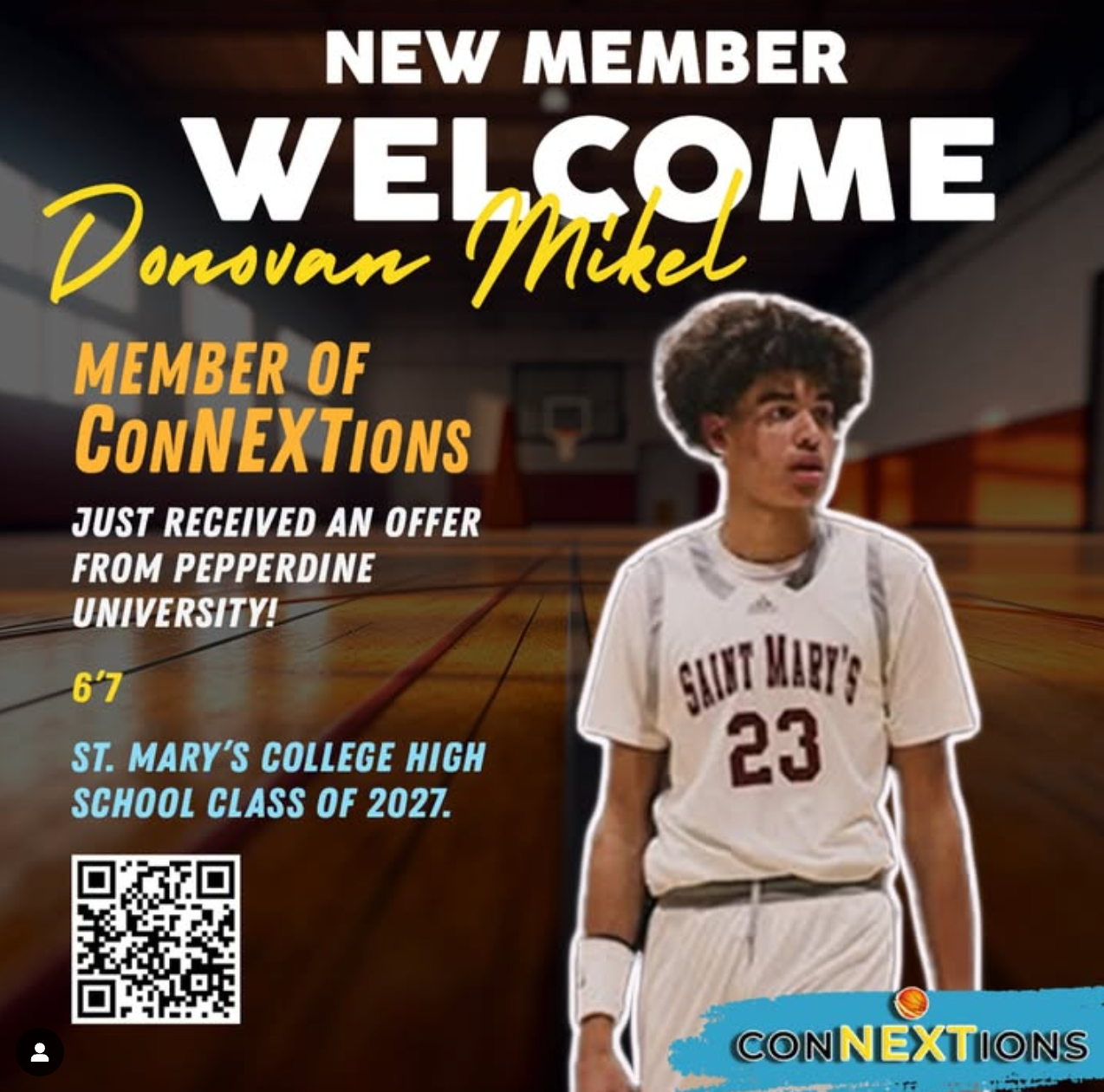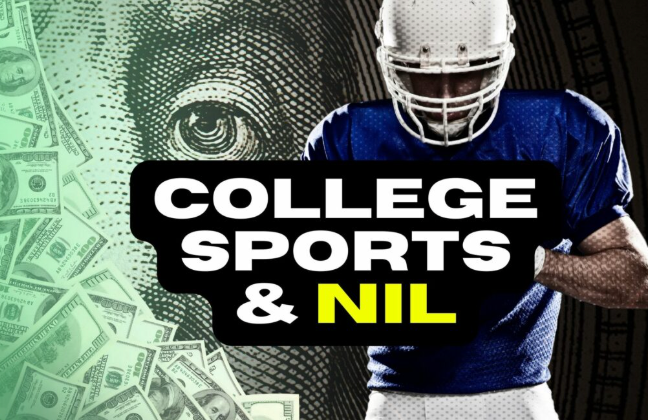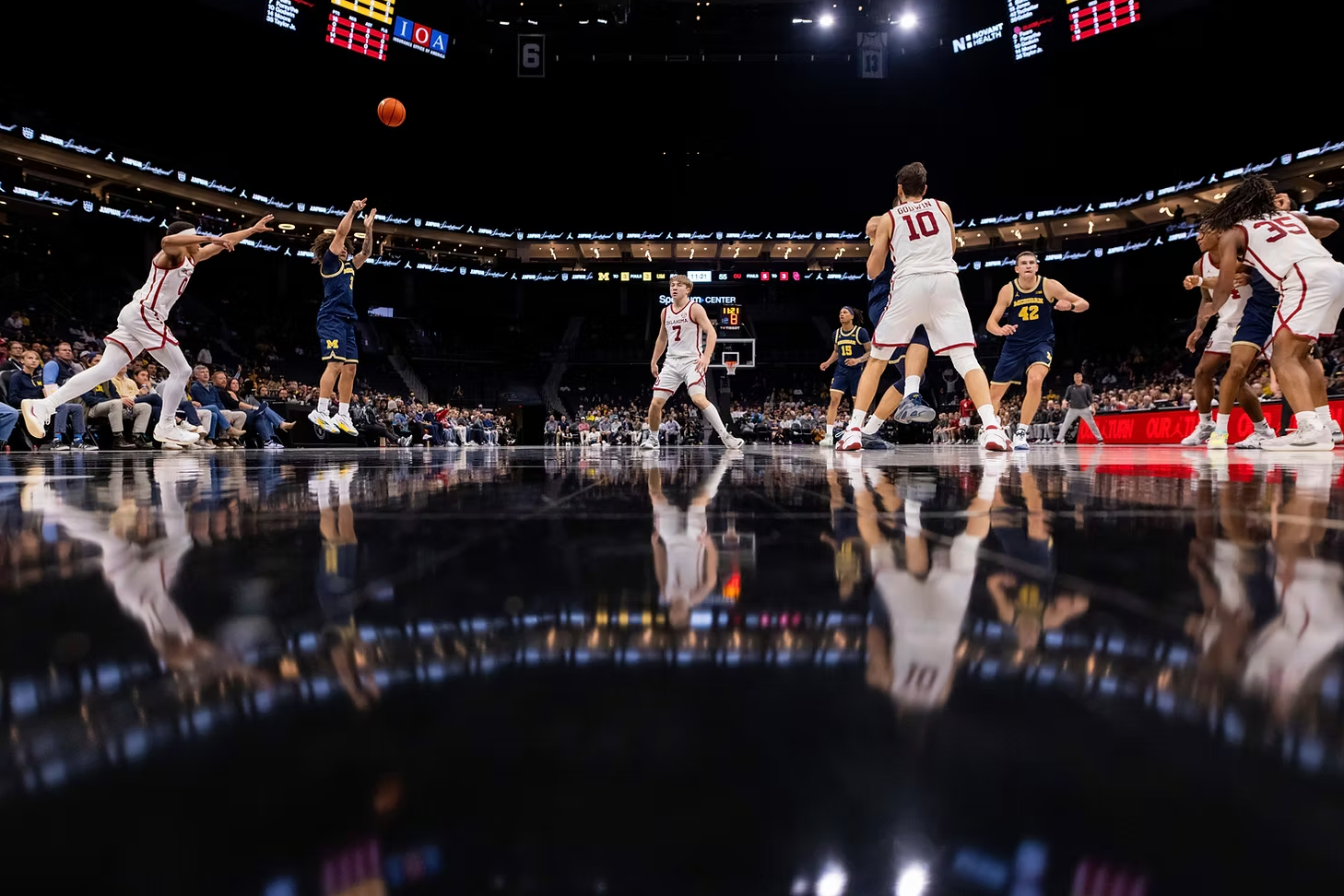The NIL Era: How High School Athletes Are Cashing In and Changing the Game

In recent years, the landscape of amateur sports has shifted dramatically, with Name, Image, and Likeness (NIL) rights opening new doors for athletes at all levels. While much of the conversation has focused on college sports, high school athletes are now stepping into the spotlight, securing endorsement deals and navigating the business of sports earlier than ever before.
A New Playing Field
The introduction of NIL opportunities in high school sports has created both excitement and challenges. Student-athletes who excel in their respective sports can now leverage their personal brands, signing deals with local businesses, national companies, and even launching their own entrepreneurial ventures. Social media presence, performance on the field, and personal branding all play a crucial role in determining who benefits the most.
Who’s Cashing In?
From basketball phenoms to football stars and even niche sport athletes, teenagers are landing lucrative deals. Some are signing with apparel companies, while others are partnering with energy drinks, sports brands, and online platforms. The earning potential is massive, but so are the responsibilities that come with managing financial success at such a young age.
The Challenges and Considerations
While NIL deals offer exciting financial opportunities, they also present hurdles for young athletes. Balancing academics, sports, and business commitments can be overwhelming. Additionally, legal and financial literacy is crucial—understanding contracts, taxes, and long-term financial planning are essential to ensure that these young stars make the most of their earnings.
How Connextions Foundation Supports Young Athletes
At Connextions Foundation, we believe in empowering young athletes with the knowledge and resources they need to succeed on and off the field. Through mentorship, financial education, and networking opportunities, we help student-athletes navigate the NIL landscape responsibly, ensuring they make informed decisions that benefit their future.
The Future of NIL in High School Sports
As NIL opportunities continue to evolve, the future of high school sports is being reshaped before our eyes. More states are allowing NIL deals for high school athletes, and the debate continues about how best to regulate and support these young earners. With the right guidance and education, today’s high school athletes can build a foundation for long-term success, both in their athletic careers and beyond.
The NIL era is here, and it’s changing the game for high school athletes across the country. The question now is: How can we ensure they’re ready for it?




